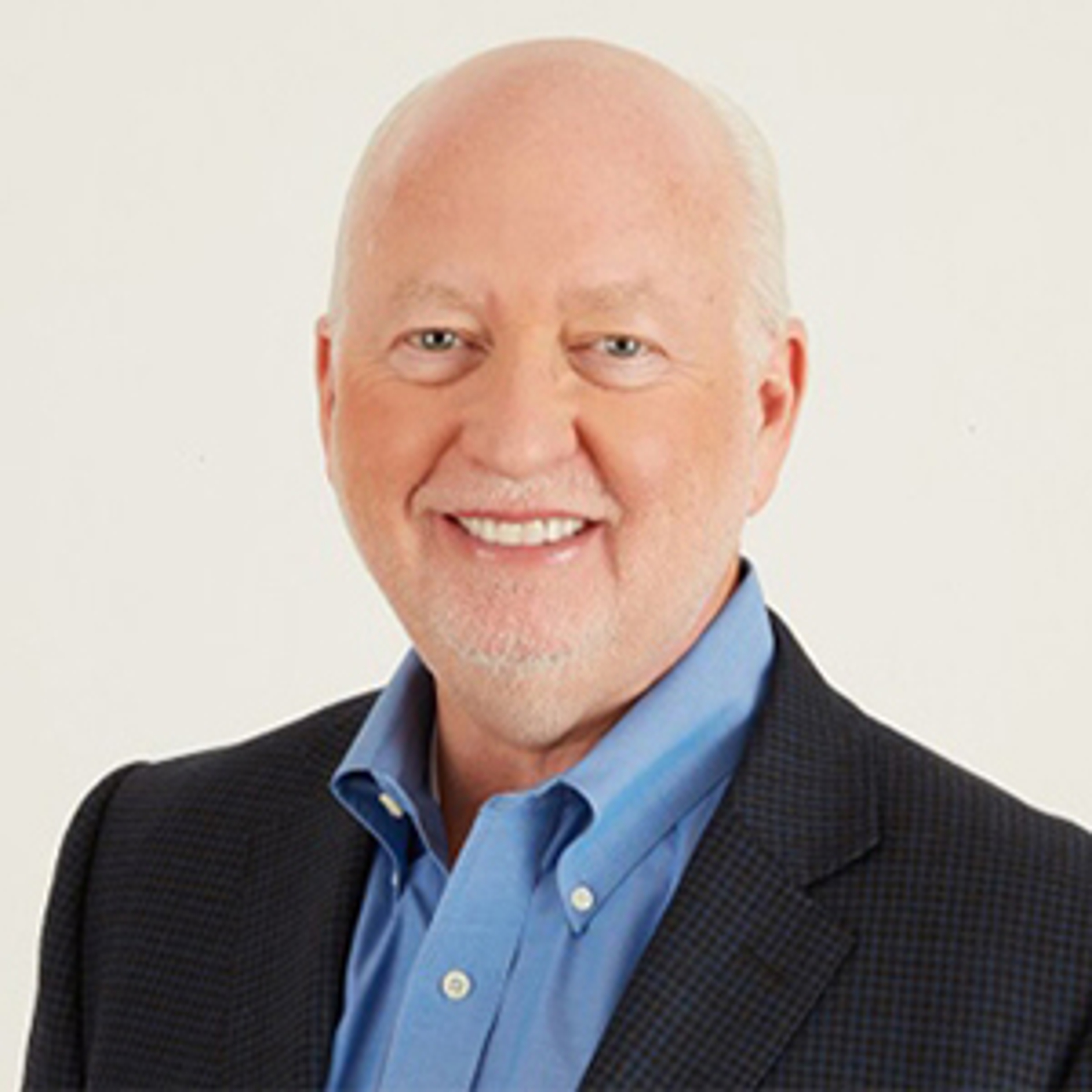Why We Should Face Fear Every Day, Not Just on Halloween
How confronting fear can open an array of life-altering possibilities.
Oct 20, 2024
Written by our Founder and CEO, our Celebrations Pulse Sunday Letters aim to engage with our community. From sharing stories to welcoming your ideas, we want to help you connect with and celebrate the important people in your life.
In the final weeks of October, a somber shroud of eeriness envelops the land. Ghastly phantoms and ghostly goblins stir amid the crumbling leaves and the whispering chill of the autumn breeze. In the shadows of the Long Island Expressway, do I see a headless horseman?
Welcome to Halloween, the season of spookiness. It’s a time when many souls, including myself, seek thrills that linger in the dark corners of the world and the mind. We visit haunted houses, wander through corn mazes (hoping not to get lost), and lose ourselves in tales spun from the fabric of fear.
I’m always amazed at how spooky things bring people and communities together. Sure, jump scares and ghost stories can make us feel anxious, but there is value in experiencing them with friends, families, and strangers. It’s fun and it strengthens our bonds with other people.

Why, then, do we generally avoid scary things outside of Halloween? Perhaps the holiday is trying to tell us something about our relationship with fear itself. Maybe we need to think about confronting our fears more aggressively on the 364 other days of the year.
The science of fright
Our response to scary things is programmed deep in our DNA. Scientists say our ancestors depended on it for survival as that big rush of adrenaline came in handy when they encountered saber-toothed tigers and other hungry beasts.
Researchers have also noticed a curious behavior in the animal kingdom. Like humans around Halloween, other animals seek out scary things. Charles Darwin noticed this in a famous experiment involving monkeys that had a profound fear of snakes. He dropped a box of the slithering creatures in their pen. Rather than avoid the box, the monkeys peeked inside, shrieked in terror, and then scurried away. One by one, they engaged in the same behavior.
Approaching danger may seem reckless, but it serves a vital purpose. This curiosity allows animals to gather information about the most perilous elements in their environment, providing them with opportunities to practice confronting terrifying experiences.
In contemporary times, the rituals of Halloween offer similar benefits. We engage our curiosity by telling chilling tales and visiting haunted houses – each activity serving as a rehearsal for facing our real fears.\
Embracing the spooky
We all have something that scares us, whether it's public speaking, approaching a stranger, making a career change, moving to the suburbs... But fear, in many cases, is not the warning of impending danger it once was for our hunter-gatherer ancestors. Instead, it’s often a self-generated projection. Fear is for most of us a barrier that stops us from growing and experiencing life to its fullest.
In this week’s Celebrations Chatter podcast, I spoke with Scott Simon, author, public speaker, and the founder of the movement Scare Your Soul. He’s passionate about helping people confront their fears and take bold steps toward personal growth. He explains:
“Growth comes from putting ourselves in new, uncomfortable situations, not from staying safe and comfortable. Often the things that scare us are precisely the things that have the power to change our lives for the better. But how do we muster the courage to take those steps, especially when fear seems overwhelming?”
Scott emphasizes the importance of making fear a daily practice, not just a once-a-year event like Halloween.
“When we scare ourselves daily, we open the door to deep connections, new learning opportunities, and even physical health benefits. The idea is not to conquer fear in one giant leap, but to take small, manageable steps that stretch our comfort zones just a little bit each day.”
Leaving your comfort zone
For Scott, this strategy of pushing ourselves out of our comfort zone is deeply personal. A few years ago, he decided to confront his fear of singing in public by going to a karaoke restaurant and belting out a couple of tunes. He was surprised at how good it felt.
Sure, he says, it was terrifying in the moment. But over time, it led to opportunities and a realization:
"I learned that focusing on the action, not the outcome, is key. It’s easy to get caught up in worrying about how things might go wrong, but real courage lies in taking the step anyway, regardless of the result.”
At the core of Simon’s philosophy is the understanding that fear is a natural response and it doesn’t have to inhibit us. By practicing courage regularly, we can retrain our minds and bodies to handle fear with more grace and resilience. He explains:
“Happiness and fulfillment come from doing the things that scare us, not from avoiding them. By taking small, brave steps, we open ourselves to a more fulfilling, exciting life, and one where we are no longer held back by fear, but instead propelled by it.”
Fear, though often uncomfortable, can be a powerful force for growth. By stepping outside of our comfort zones more frequently and embracing the things that scare us – whether in the form of haunted houses or striking up a conversation with a new neighbor – we learn to navigate life’s uncertainties with greater confidence.
There’s nothing scary about that.
All the best,
Jim













